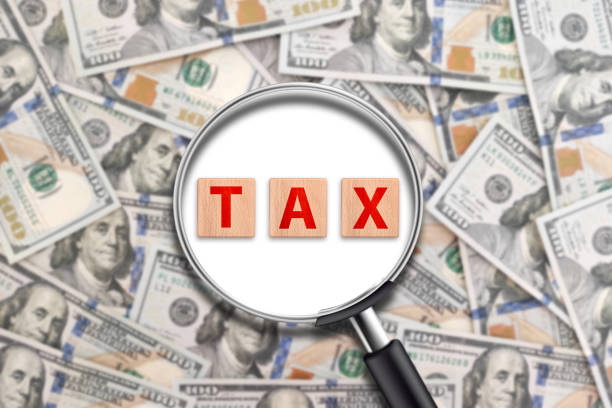As you grow your business, you will eventually need to develop new products, tech, systems, and even industries. Growth is critical for the success of your business and the economy, which requires innovation to grow. That being said, innovation requires research and development, often referred to as R&D.
Many times, these changes will fail. This means you have zero return on investment- or ROI, or must go through several different stages of development before they are profitable. These costs discourage businesses from investing in research and development, which is why this tax credit was developed.
R&D Tax Credit Program Explained
The R&D Tax Credit Program is part of the United States tax code and is in place to encourage companies to invest in research and innovation. First introduced in 1981 and renewed throughout the decades, President Barack Obama signed what we know as the PATH Act to extend the R&D tax credit, as well as expand its provisions.
Tax credits allow the taxpayer to offset the value of the credit against their tax liability- the R&D tax credit covers expenses paid/incurred for qualified research.
Benefits of R&D Tax Credit
Qualified tax credits for R&D is typically believed to stimulate the economy because it increases innovation. However, there are some business groups that believe these benefits are lost under the new TCJA because under these new rules, a business must amortize their costs associated with R&D over five years instead of immediately deducting them. Here are a few benefits of the R&D tax credit:
- Reduces federal/state tax liabilities for the current year and future years
- Increases market value and cash flow of your company
- Reduces the tax rate of your business
- Allows you to keep your profits
Can I claim the R&D Tax Credit?
In 2004, the language was changed to determine who can take qualified tax credits for R&D. At this time, companies that can take the credit include those that test products, engage in data science/analysis, employ engineers, and outsource research.
Documents Needed to Claim R&D Tax Credit
In order to claim the credit, you must have sufficient documentation to prove that it’s a qualified tax credit. This may include:
- Payroll information
- Business expenses associated with R&D vs. those that were not
- Copies of contracts/invoices for third-party research contractors
- Timekeeping records for all activities involved in R&D
- Any documentation related to R&D activities
Does Your Business Qualify for the R&D Tax Credit?
You can find the rules for the R&D tax credit in Section 41 of the IRS tax code. Any taxpayer who incurs qualified R&D expenses in the United States is eligible to take this tax credit.
Qualified Expenses
- Wages paid to employees involved in R&D and those who supervise/support R&D
- Supplies (other than land/property) used in R&D
- Costs paid to third-party contractors involved in R&D
- Payments to research institutions/organizations associated with R&D
- Cost of developing patent
Expenses that Do Not Qualify
- Research conducted after commercial production
- Research to adapt existing product/process
- Duplication of product/process in existence
- Market research
- Research related to software for internal use
- Research conducted outside of United States territories
- Research in social sciences, humanities, and arts
- Research funded by another grant, organization, person, or government
- Fixed assets associated with running your business
Conclusion
If you are interested in learning more about the R&D tax credit and how it may apply to your business, contact Artis Commercial Capital. We can explain this and other tax credits that your business may be able to use on your next tax return.

